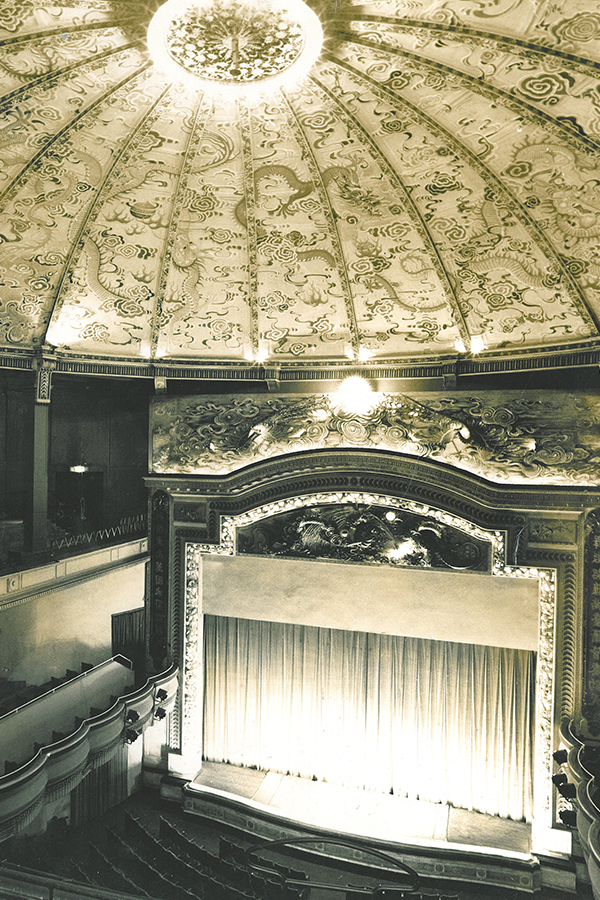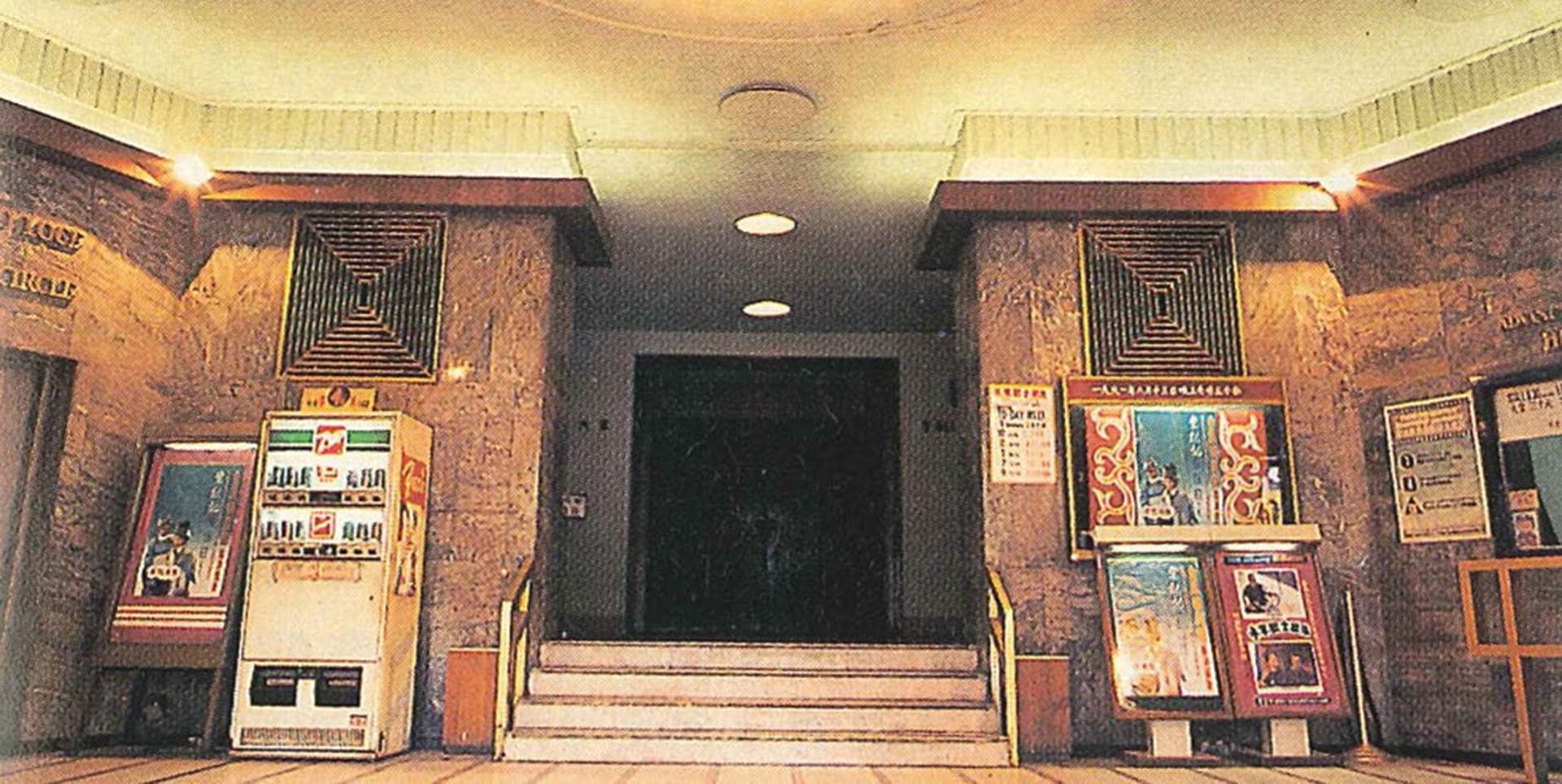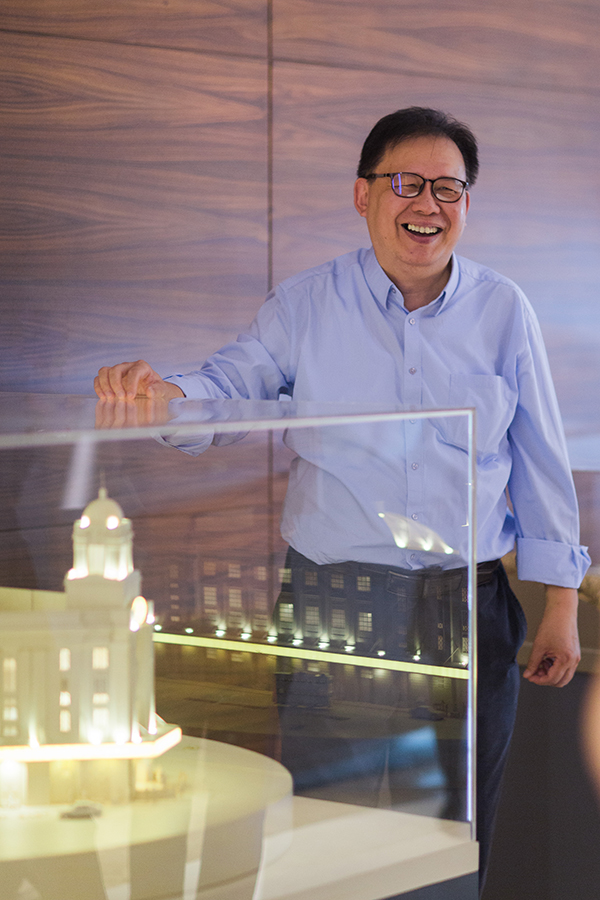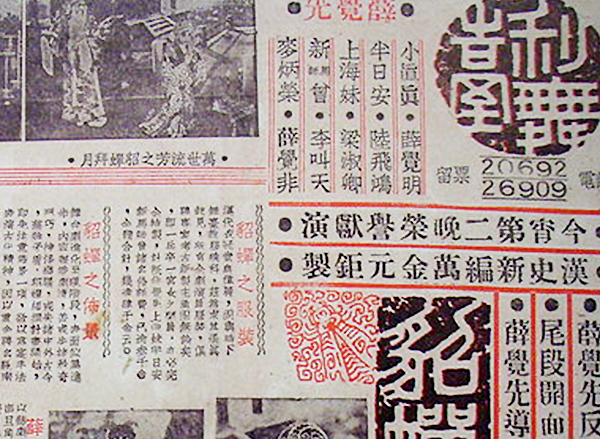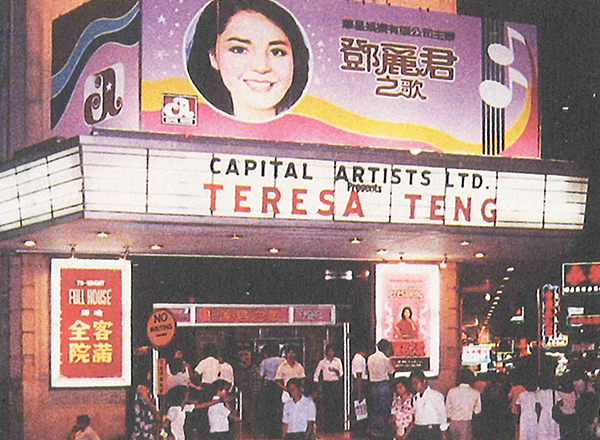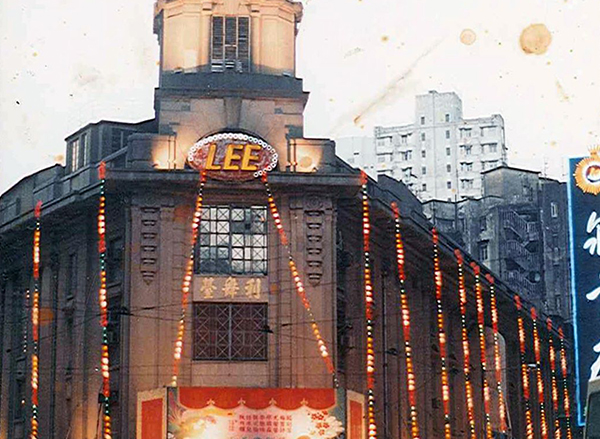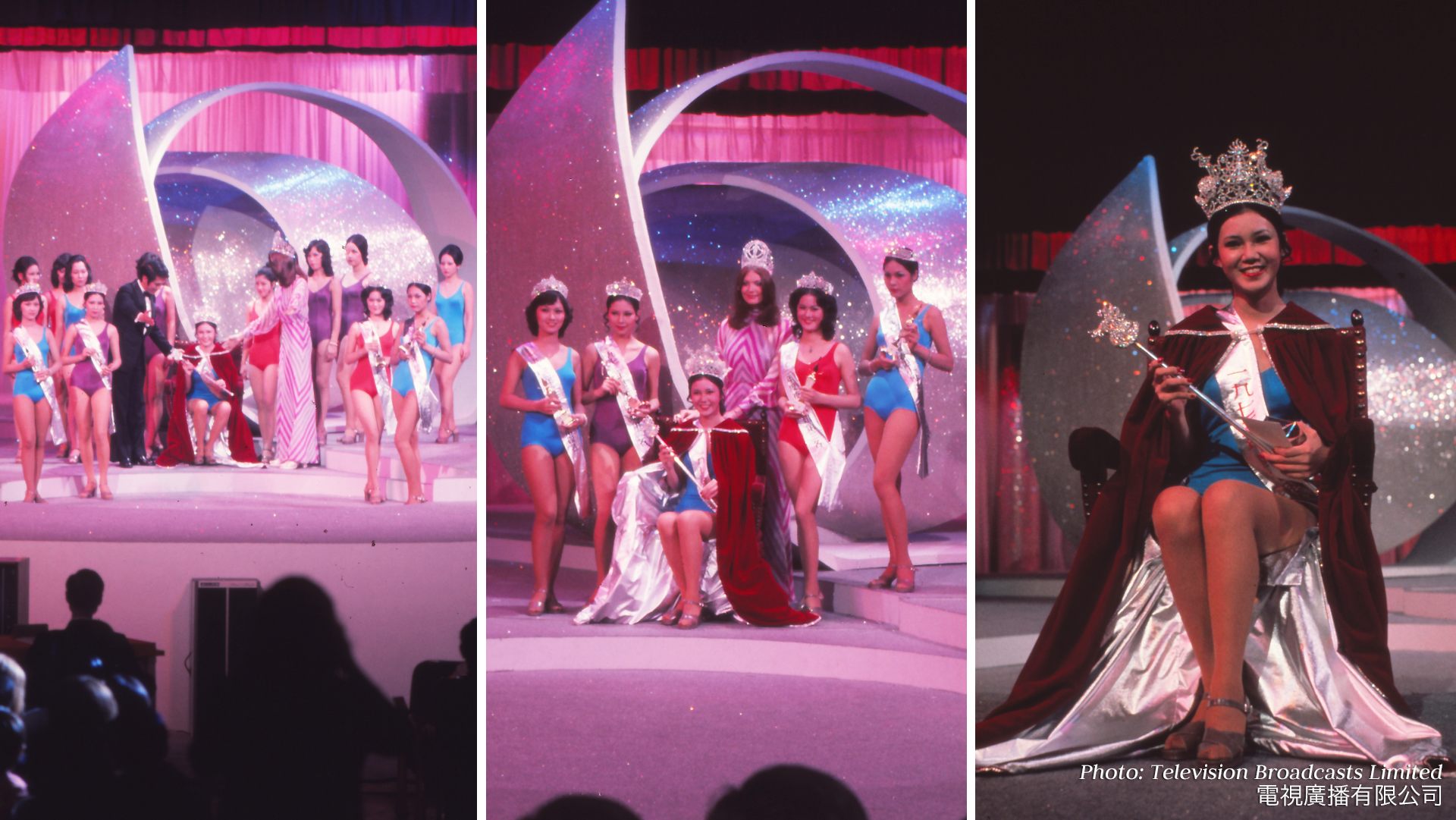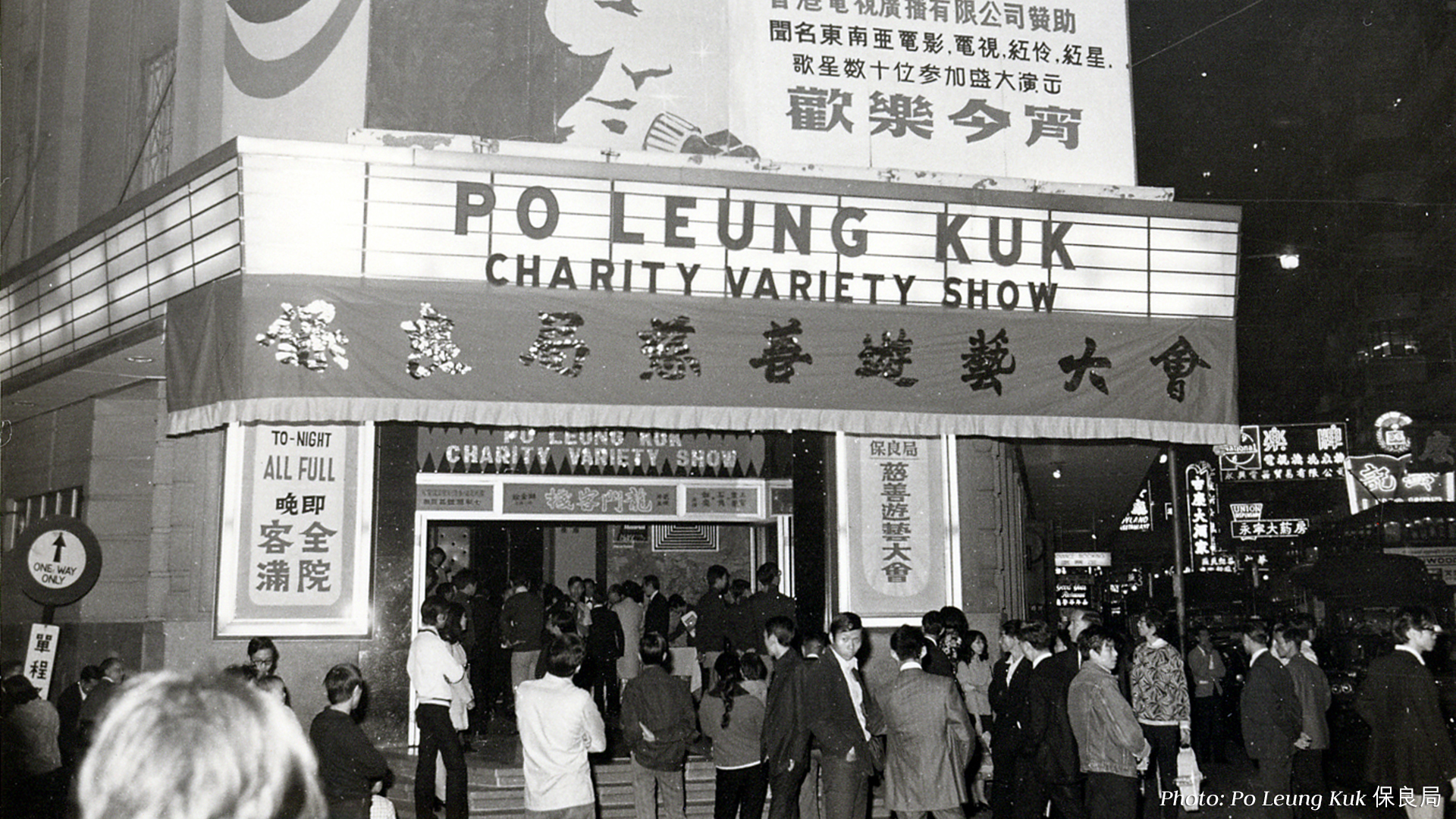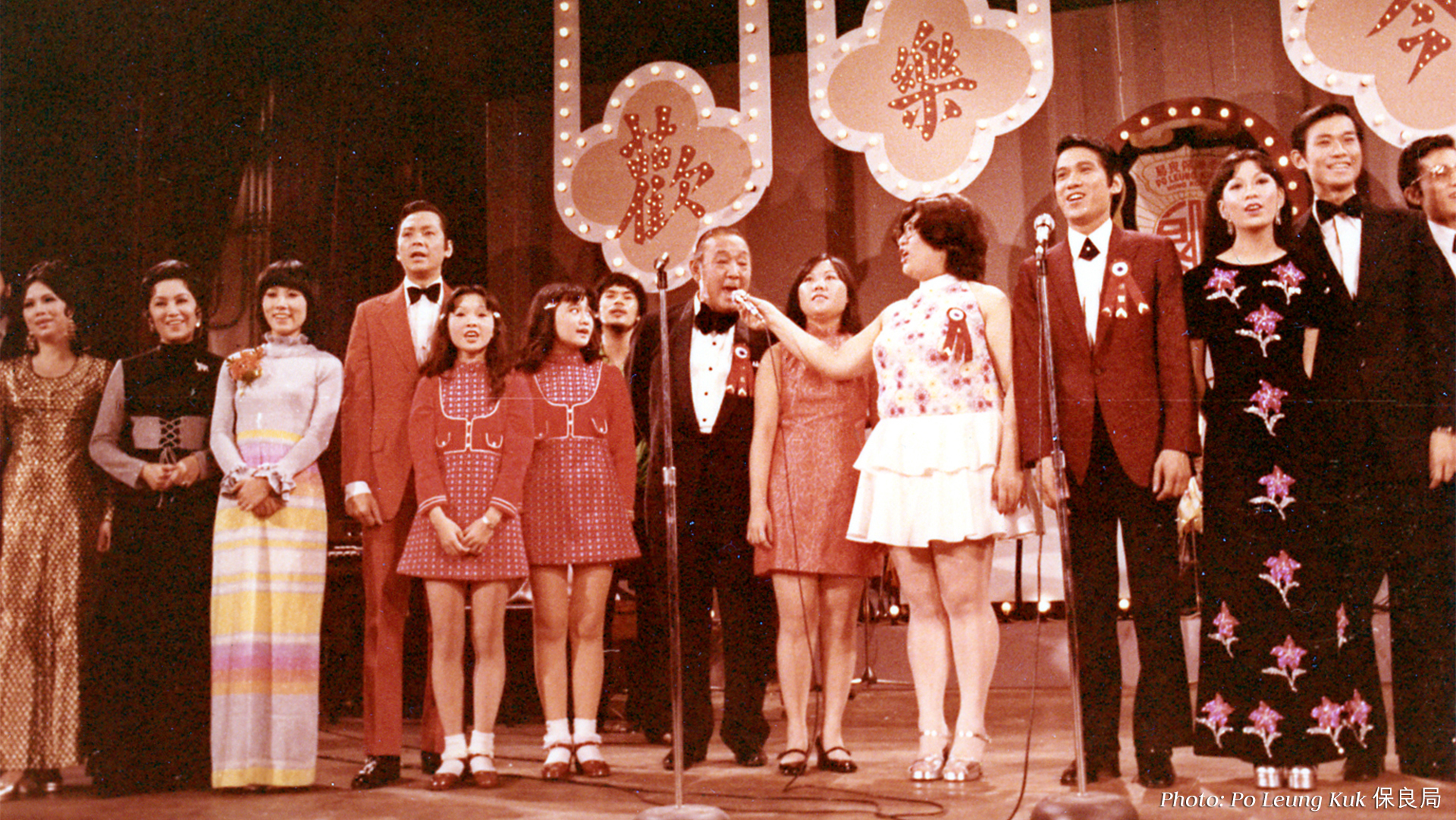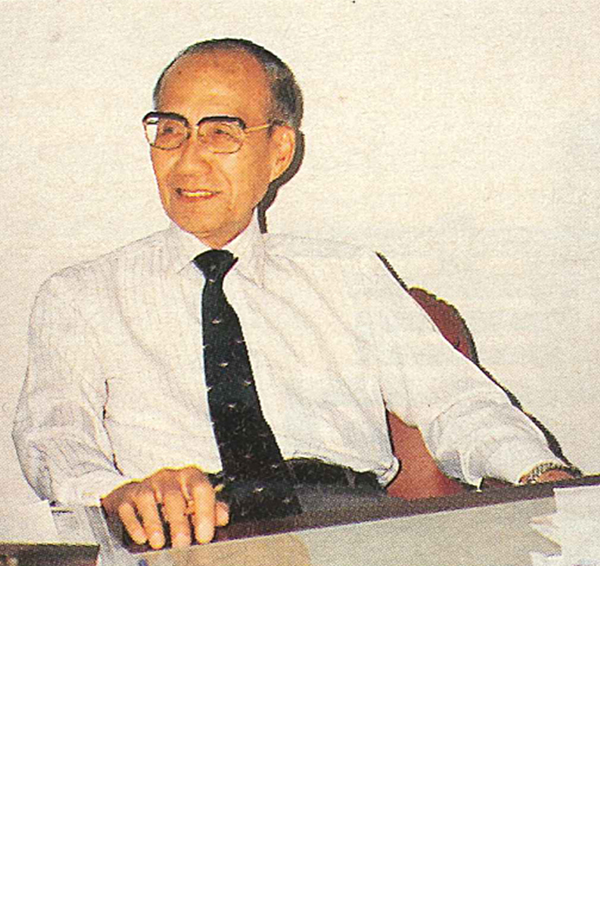“The design was really complex and intricate – of all the theatres in the world, it’s hard to find one as beautiful as Lee Theatre was…”
A large part of Lee Theatre’s charm and significance to Hong Kong lay in the fact that there was no other large venue that could host such a wide variety of shows at the time. Its large panelled exterior and painted dome were iconic features of the theatre, which also boasted a 40-foot revolving stage that was ideal for Cantonese operas and other theatre shows. The space could hold more than 1,000 people on the ground floor, balcony and gallery.
“The design was really complex and intricate. If you see photos, you’ll find detailed designs on the sides of the stage. Of all the theatres in the world, it’s hard to find one as beautiful as Lee Theatre was,” says Otto. “The theatre was so special, it was very beautiful and elegant.”
At first, the theatre held Cantonese operas but later also showed films screenings and hosted concerts or other forms of entertainment. The theatre went through a limited time of censorship during World War II but it reopened after the war and later held such events as the Hong Kong Arts Festival, the Hong Kong International Film Festival, the Miss Hong Kong Pageant from 1973 and even the Miss Universe pageant in 1976.
